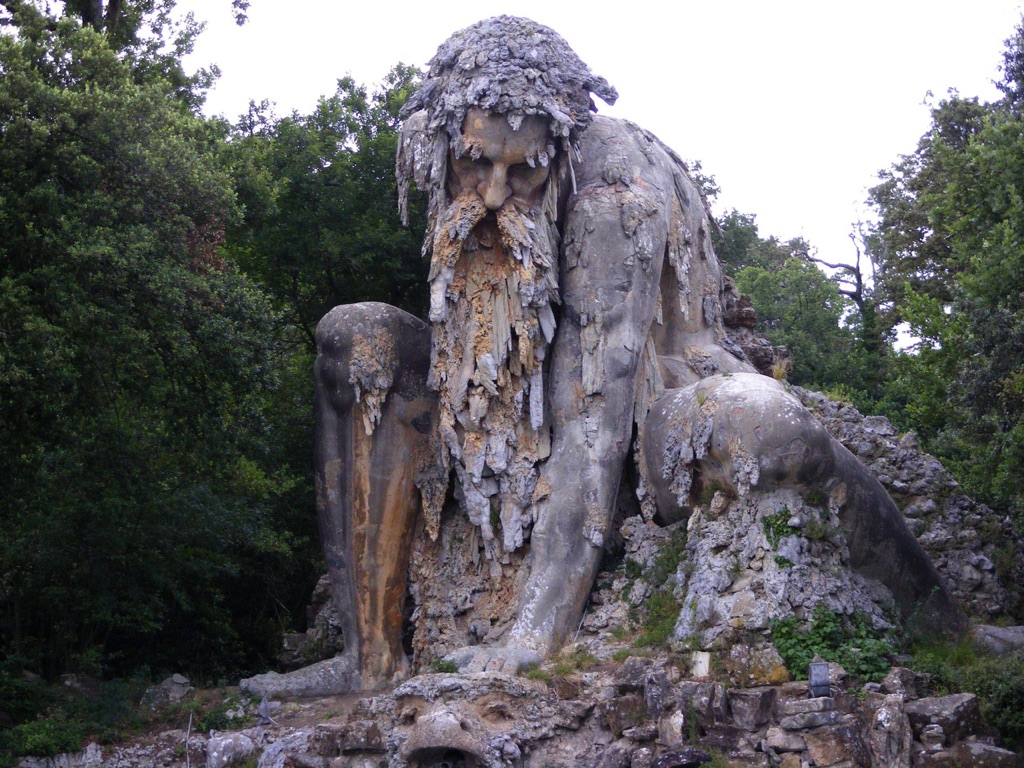Summary
The Appennine Colossus, a remarkable statue standing tall in Villa Demidoff near Florence, Italy, is a true marvel of the 16th century. This 35-foot sculpture, designed by Giambologna, depicts a mythical giant embedded in the natural landscape. It’s not just a statue, but an architectural wonder with hidden rooms and passageways. A testament to the grandeur of the Renaissance period, the Colossus is a symbol of the harmonious relationship between man and nature.
Get your dose of History via Email
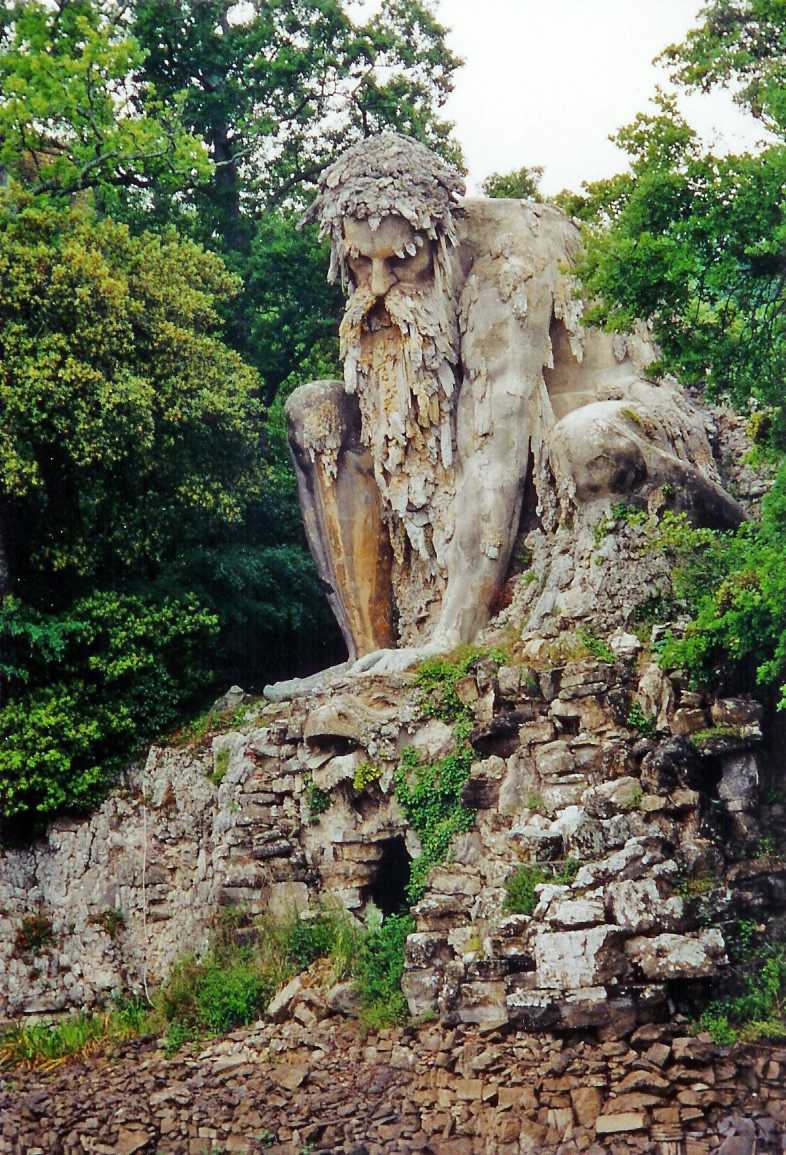
Historical Background of The Appennine Colossus
The Appennine Colossus was created in the late 1500s by Flemish artist Jean de Boulogne, better known as Giambologna. Commissioned by Francesco I de’ Medici, the Grand Duke of Tuscany, the statue was intended to enhance the grandeur of his villa. Giambologna, a renowned Mannerist sculptor, was known for his intricate and expressive works, and the Colossus is no exception.
Constructed in the park of Villa Demidoff, the statue was part of a larger project that included a series of gardens and water features. It was designed to be a symbol of the Apennine mountains, embodying their rugged beauty and grandeur. The Colossus was named after these mountains, highlighting its significance in the landscape.
The statue quickly became a popular attraction, drawing visitors from far and wide. Its size and intricate design made it a marvel of its time. Despite its age, the Colossus has been well-preserved, and it continues to captivate visitors to this day.
Over the centuries, the statue has been the subject of various restorations and renovations. These efforts have helped maintain its original beauty while ensuring its longevity. Today, the Appennine Colossus stands as a testament to the artistic prowess of the Renaissance period.
The Colossus’s historical significance extends beyond its artistic value. It represents a time when art and nature were seen as interconnected, a concept that was central to Renaissance thinking. As such, it serves as a reminder of a bygone era, when art was used to celebrate and enhance the natural world.
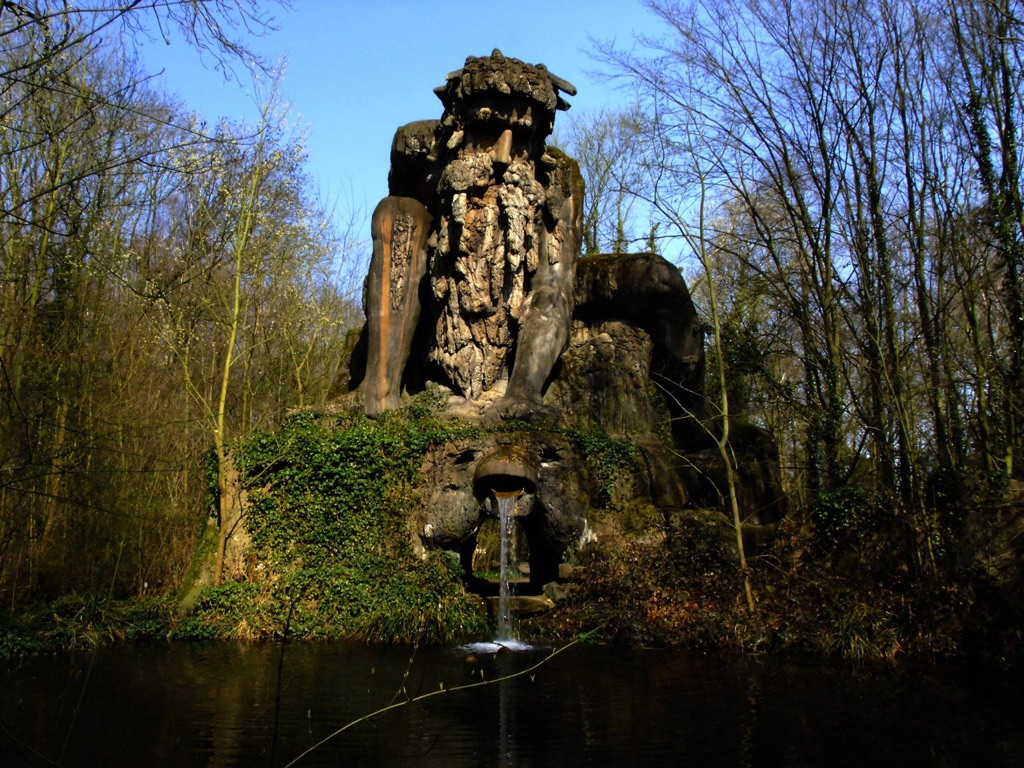
Architectural Highlights/About the Artifact
The Appennine Colossus is more than just a statue. It’s an architectural masterpiece, complete with hidden rooms and passageways. The statue’s interior is a labyrinth of small chambers, which were once used for various purposes. Some rooms were used for dining, while others housed mechanisms for water features.
The statue’s design is a feat of engineering. Despite its size, the Colossus is remarkably detailed, with intricate carvings and decorations. The giant’s face, with its expressive features and flowing beard, is particularly striking. The beard is made of rocks and cascades into a pool, creating a stunning water feature.
The statue is also an example of Mannerist art, a style that emerged in the late Renaissance. This style is characterized by exaggerated proportions and complex compositions, both of which are evident in the Colossus. The giant’s oversized body and the intricate design of the surrounding landscape are classic examples of Mannerist aesthetics.
Another unique feature of the Colossus is its integration with the natural landscape. The statue is made of stone and brick, materials that blend seamlessly with the surrounding environment. This integration is a testament to Giambologna’s skill and his understanding of the relationship between art and nature.
Overall, the Appennine Colossus is a marvel of architecture and design. Its size, complexity, and integration with the natural landscape make it a unique and captivating artifact.
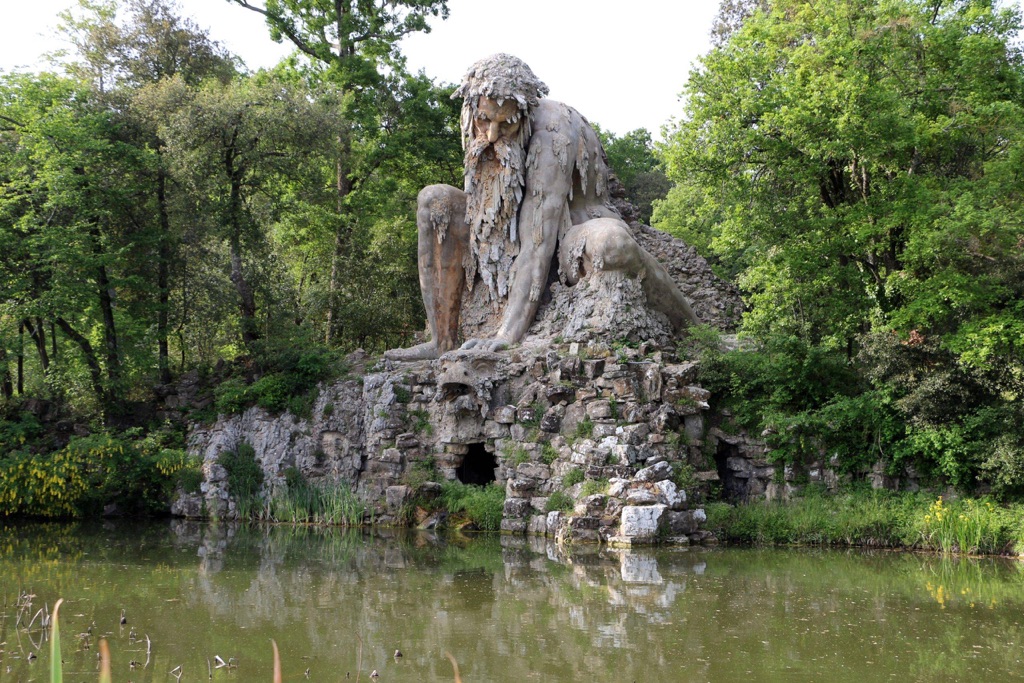
Theories and Interpretations
Over the years, the Appennine Colossus has been the subject of various theories and interpretations. Some believe that the statue represents the god of the Apennine mountains, while others see it as a symbol of the power and grandeur of the Medici family.
One popular theory is that the Colossus represents the titan Atlas, who was condemned to hold up the sky for eternity. This interpretation is based on the statue’s size and its position, which suggests a figure bearing a heavy burden.
Another interpretation sees the Colossus as a representation of nature’s power and majesty. The statue’s integration with the landscape and its water features suggest a connection with the natural world. This interpretation aligns with Renaissance thinking, which saw art and nature as interconnected.
Regardless of its intended meaning, the Colossus is a powerful symbol. Its size and intricate design make it a striking presence in the landscape, and its various interpretations add to its intrigue and appeal.
While the true meaning of the Colossus may never be known, its impact is undeniable. It continues to captivate visitors with its grandeur and mystery, making it a must-see for anyone visiting Villa Demidoff.
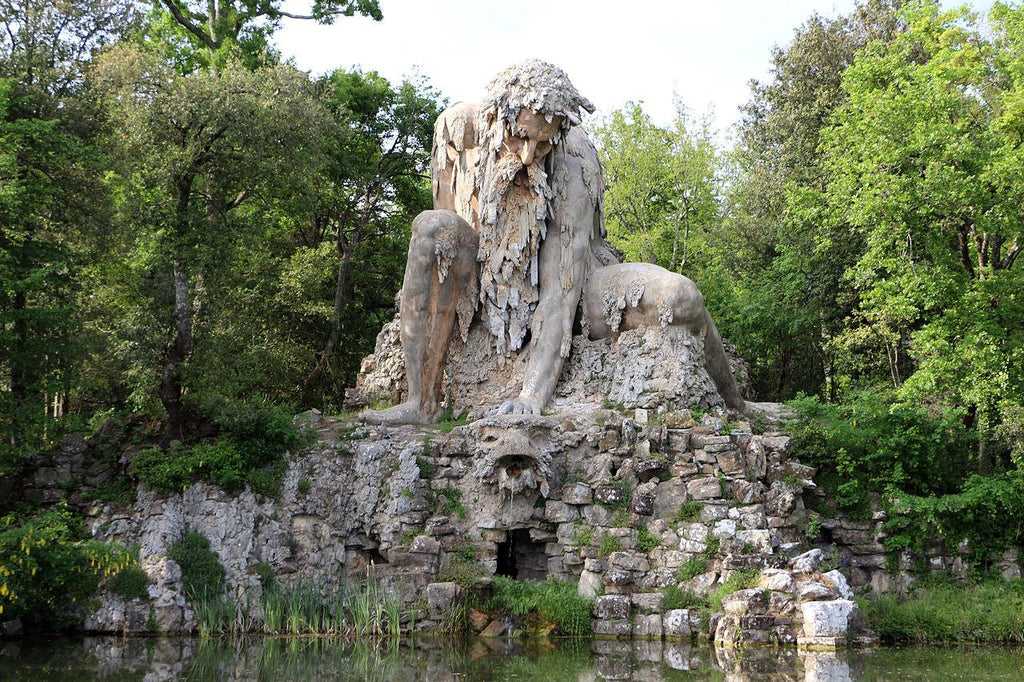
Good to know/Additional Information
Visiting the Appennine Colossus is a unique experience. The statue is located in the park of Villa Demidoff, which is open to the public. Visitors can explore the park and take in the stunning views of the statue and the surrounding landscape.
The park also offers guided tours, which provide insights into the history and significance of the Colossus. These tours are a great way to learn more about this remarkable statue and its place in Renaissance art.
It’s worth noting that the statue’s interior is not open to the public. However, visitors can still appreciate the Colossus’s exterior and its integration with the landscape. The statue is particularly striking in the spring and summer, when the surrounding gardens are in full bloom.
For those interested in art and history, the Appennine Colossus is a must-see. Its size, design, and historical significance make it a unique and captivating attraction.
Whether you’re an art enthusiast or just a curious traveler, a visit to the Appennine Colossus is sure to be a memorable experience.
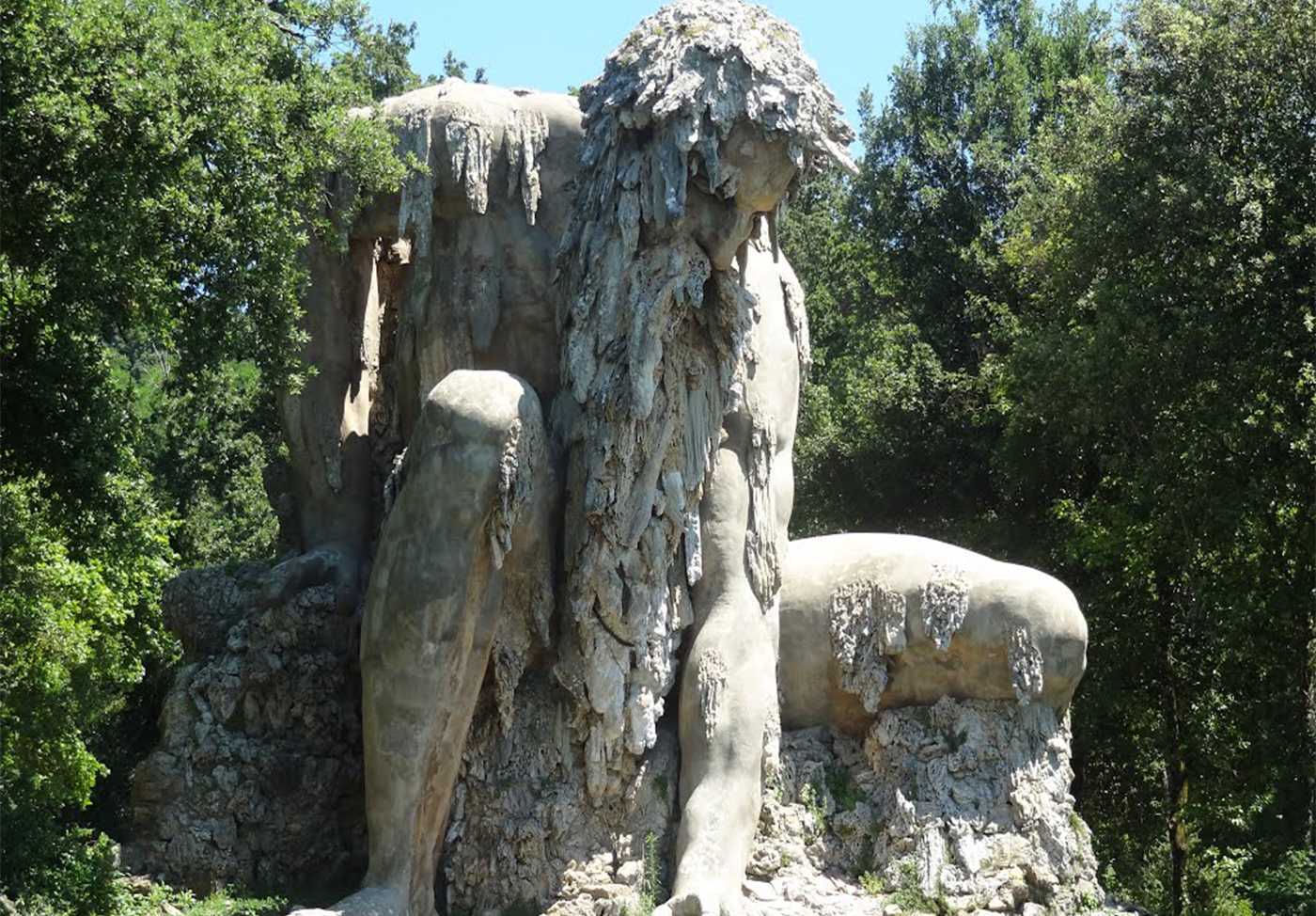
Conclusion and Sources
The Appennine Colossus is a testament to the grandeur and creativity of the Renaissance period. Its size, intricate design, and historical significance make it a unique and captivating attraction. Whether you’re interested in art, history, or just looking for a unique travel experience, the Colossus is a must-see.

For more information about the Appennine Colossus, you can visit the following sources:

